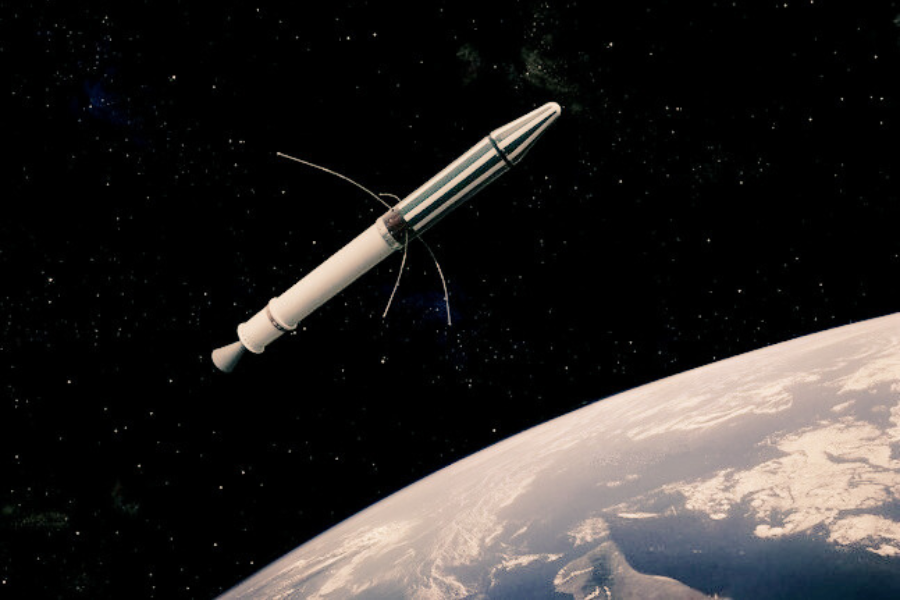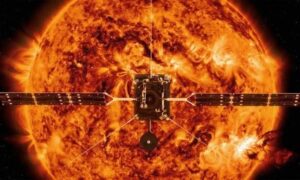Little known and mostly forgotten, January 31, is a historic day that changed the geopolitical alignment for decades to come! For this was the day when the US launched its 1st satellite ever, the Explorer-1 in 1958.
The mission followed the first two satellites the previous year; Soviet Union’s Sputnik 1 and Sputnik 2.
The significance of this event lies in the fact that it heralded the US participation in International Geophysical Year and began the Cold War Space Race between the 2 giant nations.
The Cold War was a period of geopolitical tension between the two major super powers- the US and Soviet Union and their respective allies. While the Western Bloc was aligned to the US, the Eastern Bloc comprised of countries bearing alliance to the Soviet Union. The Cold War started in 1947 soon after the end of World War II and lasted till about 1991.
The term cold war is used because there was no large-scale fighting directly between the two nations, but they each supported opposing sides in major regional conflicts known as proxy wars.
The Space Race Era:
In the midst of the Cold War, the space race between the United States and the Soviet Union intensified. The Soviet Union had already stunned the world with the launch of Sputnik 1, the first artificial Earth satellite, in October 1957. This achievement put pressure on the United States to respond in kind.
The Launch of Explorer 1:
On January 31st, 1958, the United States rose to the challenge. Explorer 1 was launched from Cape Canaveral, a milestone that marked America’s entry into the space age. The satellite was sent into orbit aboard a Juno I rocket. This historic event was a significant leap in the exploration of space.
The Scientific Breakthrough:
Weighing approx.. 14 Kgs, the Explorer 1 went beyond just being an object in space; it carried scientific instruments, including a cosmic ray detector. The data returned by Explorer 1 led to the discovery of what are now known as the Van Allen radiation belts, a pair of concentric, doughnut-shaped regions of charged particles surrounding the Earth.
This discovery was monumental in understanding Earth’s geomagnetic environment and has had enduring implications for space research and exploration.
A Catalyst for Future Endeavours:
The success of Explorer 1 laid the groundwork for many future missions. Since the launch of Explorer 1, 66 years ago, space programmes the world over have progressed in leaps and bounds.
NASA was established later in 1958; Apollo 11 landed humans on the Moon in 1969; the space shuttle program ferried astronauts into space for decades; and various space probes have visited every planet in the Solar System, plus a few smaller bodies for good measure. Additionally, we are no longer confined to just our Solar System.
Indian Odyssey in Space Research:
To pursue Space programmes, India too, set-up, Indian Space Research Organisation (ISRO) on 15 August 1969. ISRO made India proud in the space sector by successfully launch innumerable satellites and explore space.
Over the years, ISRO has successfully completed 114 Spacecraft Missions, 84 launch missions 13 Student satellites and 2 Re-entry missions and 342 Foreign Satellites (of 34 countries) apart from Missions to the Moon and the Sun.
Reflecting on January 31st:
As the world continues to push the boundaries of space exploration, January 31st remains a symbol of human ambition and the relentless pursuit of knowledge. It is a day to remember and celebrate the spirit of exploration that propels us forward, reminding us of our potential to reach for the stars and beyond.


























